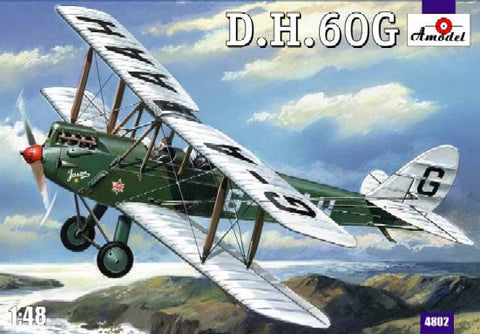The prototype NA-73X Mustang was designed and rolled out by North American Aviation a mere 102 days after the specification was issued by the British Purchasing Commission. The initial operational Mustang variants were powered by the Allison V-1710 engine, which was optimised for low-altitude performance. The P-51 Mustang flew its first operational missions with the Royal Air Force in the reconnaissance and fighter-bomber roles.
The combination of a Rolls Royce Merlin engine with the innovative airframe and laminar flow wing design of the A-35/P-51A resulted in one of the best fighter aircraft of World War Two. However, the P-51B/C series (Mustang III) was somewhat hampered by poor visibility through its heavily framed canopy. It was also difficult to bail out in an emergency due to the multi part canopy. The Malcolm Hood was a sliding, one-piece canopy designed by the British to be fitted to the Mustang III to address the bailout problem. However, this was a stopgap measure.
The combination of a Rolls Royce Merlin engine with the innovative airframe and laminar flow wing design of the A-35/P-51A resulted in one of the best fighter aircraft of World War Two. However, the P-51B/C series (Mustang III) was somewhat hampered by poor visibility through its heavily framed canopy. It was also difficult to bail out in an emergency due to the multi part canopy. The Malcolm Hood was a sliding, one-piece canopy designed by the British to be fitted to the Mustang III to address the bailout problem. However, this was a stopgap measure.









